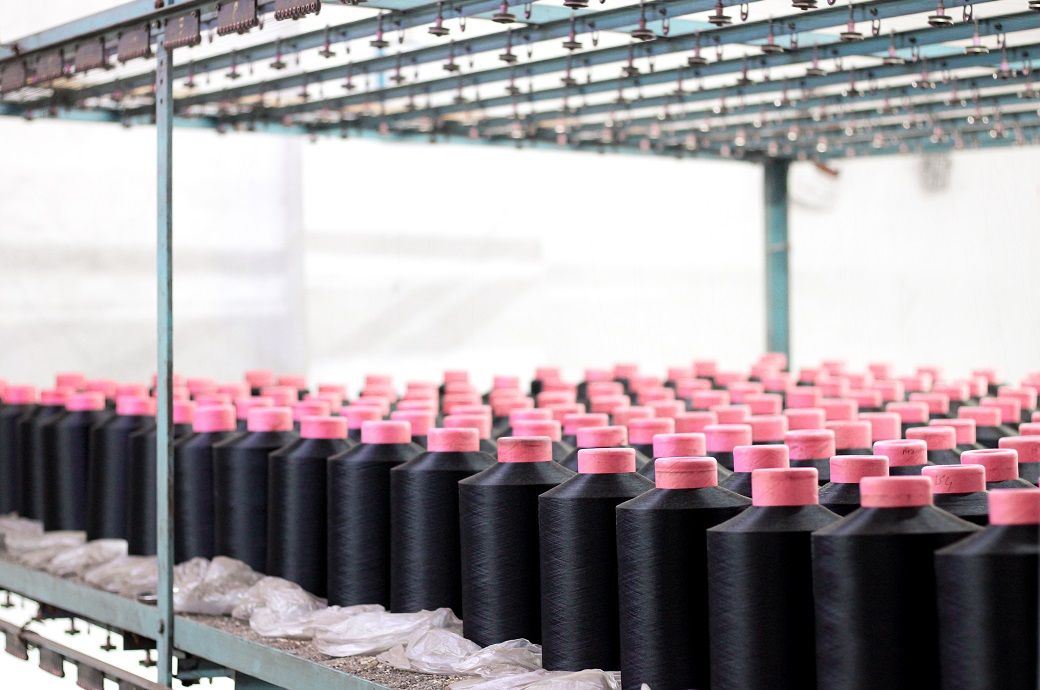
There were slower increases in total sales and output, but rates of expansion remained historically elevated. New export orders rose only slightly, however, and at the weakest pace in ten months. Companies sought to add to their input inventories by purchasing additional materials, but headcounts were broadly unchanged amid sufficient staff numbers to cope with current requirements.
Elsewhere, there was a quicker, albeit historically subdued, increase in input costs. Charge inflation softened in January, but remained above the long-run series trend, as per S&P Global.
Indian manufacturers welcomed a strong influx of new business at the start of 2023. The rate of expansion eased from December but remained sharp and above its long-run average. Panellists suggested that marketing efforts bore fruit, with demand resilience and favourable economic conditions also supporting sales.
As was the case for new orders, production expanded at a historically strong pace that was nevertheless softer than that seen at the end of 2022. Where growth was reported, firms cited accommodative demand and ongoing increases in new work intakes.
The latest results suggested that the domestic market was the main source of new business growth as international sales rose only slightly in January. Moreover, the rate of increase was below its long-run trend and the weakest in the current ten-month period of expansion.
In order to adjust for rising new orders, firms bought additional materials for use in production. Input purchasing grew at a softer pace than in December, albeit one that was marked.
Sustained increases in purchasing activity supported another upturn in input stocks. Although softer than in December, the rate of accumulation was one of the strongest seen in nearly 18 years of data collection.
While companies sought to expand inventories, employment levels were left broadly unchanged as capacities were reportedly adequate for current requirements. Indeed, outstanding business volumes rose at a slight pace that was weaker than in December and historically muted.
Manufacturers also pointed to a lack of pressure on the capacity of their suppliers, with delivery times shortening in January.
Input prices ticked higher in January, amid reports of greater chemical, electronic component, energy, metal and packaging costs. The rate of inflation quickened to a three-month high, but was well below its long-run average.
Manufacturers reportedly lifted their selling prices in January, owing to the passing of higher input, transportation and staff cost through to clients. The overall rate of charge inflation remained historically elevated, despite easing from December.
Advertising, rising client requests, and upbeat expectations for demand supported optimism towards the year-ahead outlook for production. The overall level of positive sentiment slipped to a six-month low, though remained above its long-run trend.
ALCHEMPro News Desk (DP)
Receive daily prices and market insights straight to your inbox. Subscribe to AlchemPro Weekly!